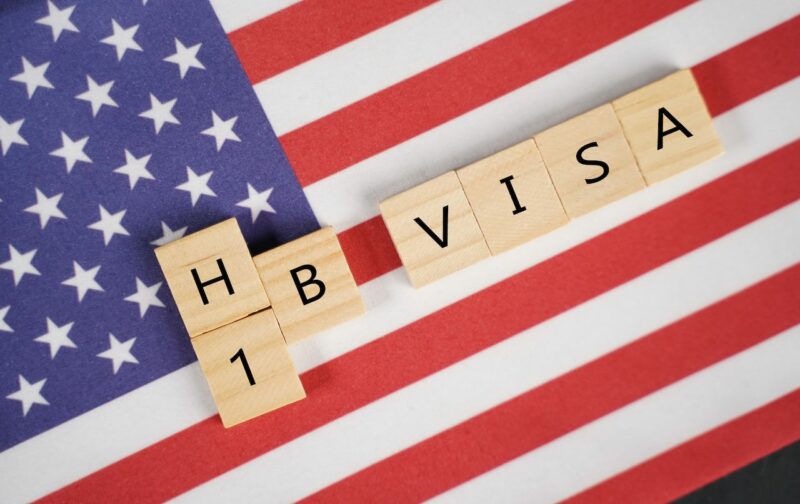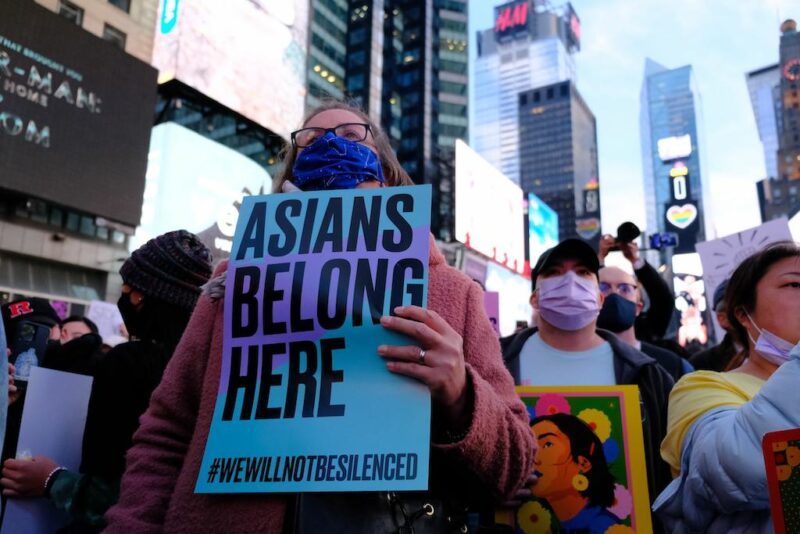Typically, in the early to mid-month period, the U.S. Department of State issues the “Visa Bulletin” for the upcoming month. This bulletin covers family-based and employment-based immigrations, providing two sets of information: Chart A, which displays “Final Action Dates,” and Chart B, which displays “Dates for Filing.”
Latest Visa Bulletin
| 2024/05 Family-Based | Chart A Final Action Dates | China | India | Mexico | Philippines | Rest of World |
| F1 | 2015-02-08 | 2015-02-08 | 2001-05-01 | 2012-03-01 | 2015-02-08 |
| F2A | 2020-09-08 78 days | 2020-09-08 78 days | 2020-08-15 61 days | 2020-09-08 78 days | 2020-09-08 78 days |
| F2B | 2015-11-22 | 2015-11-22 | 2003-10-22 | 2011-10-22 | 2015-11-22 |
| F3 | 2009-10-01 | 2009-10-01 | 1998-09-08 | 2002-06-08 | 2009-10-01 |
| F4 | 2007-06-08 | 2005-12-15 | 2000-10-15 | 2003-06-15 | 2007-06-08 |
| 2024/05 Family-Based | Chart B Dates for Filing | China | India | Mexico | Philippines | Rest of World |
| F1 | 2017-09-01 | 2017-09-01 | 2005-04-01 | 2015-04-22 | 2017-09-01 |
| F2A | 2023-09-01 | 2023-09-01 | 2023-09-01 | 2023-09-01 | 2023-09-01 |
| F2B | 2017-01-01 | 2017-01-01 | 2004-08-01 | 2013-10-01 | 2017-01-01 |
| F3 | 2010-03-01 | 2010-03-01 | 2001-06-15 | 2003-11-08 | 2010-03-01 |
| F4 | 2008-03-01 | 2006-04-08 45 days | 2001-04-15 | 2005-04-22 365 days | 2008-03-01 |
| 2024/05 Employment-Based | Chart A Final Action Dates | China | India | Mexico | Philippines | Rest of World |
| EB-1 | 2022-09-01 48 days | 2021-03-01 151 days | 无需排期 | 无需排期 | 无需排期 |
| EB-2 | 2020-02-01 31 days | 2012-04-01 31 days | 2023-01-15 54 days | 2023-01-15 54 days | 2023-01-15 54 days |
| EB-3 | 2020-09-01 | 2012-08-15 45 days | 2022-11-22 75 days | 2022-11-22 75 days | 2022-11-22 75 days |
| Other Workers | 2017-01-01 | 2012-08-15 45 days | 2020-10-08 30 days | 2020-05-01 | 2020-10-08 30 days |
| EB-4 | 2020-11-01 336 days | 2020-11-01 336 days | 2020-11-01 336 days | 2020-11-01 336 days | 2020-11-01 336 days |
| Religious Workers | 没有授权 | 没有授权 | 没有授权 | 没有授权 | 没有授权 |
| EB-5 Unreserved (C5, T5, I5, R5) | 2015-12-15 | 2020-12-01 | 无需排期 | 无需排期 | 无需排期 |
| EB-5 Set Aside: Rural (20%) | 无需排期 | 无需排期 | 无需排期 | 无需排期 | 无需排期 |
| EB-5 Set Aside: High Unemployment (10%) | 无需排期 | 无需排期 | 无需排期 | 无需排期 | 无需排期 |
| EB-5 Set Aside: Infrastructure (2%) | 无需排期 | 无需排期 | 无需排期 | 无需排期 | 无需排期 |
| 2024/05 Employment-Based | Chart B Dates for Filing | China | India | Mexico | Philippines | Rest of World |
| EB-1 | 2023-01-01 | 2021-04-01 90 days | 无需排期 | 无需排期 | 无需排期 |
| EB-2 | 2020-06-01 | 2012-05-15 | 2023-02-15 | 2023-02-15 | 2023-02-15 |
| EB-3 | 2021-07-01 | 2012-09-15 45 days | 2023-02-01 | 2023-01-01 | 2023-02-01 |
| Other Workers | 2017-06-01 | 2012-09-15 45 days | 2020-12-15 | 2020-05-15 | 2020-12-15 |
| EB-4 | 2020-12-01 335 days | 2020-12-01 335 days | 2020-12-01 335 days | 2020-12-01 335 days | 2020-12-01 335 days |
| Religious Workers | 2020-12-01 335 days | 2020-12-01 335 days | 2020-12-01 335 days | 2020-12-01 335 days | 2020-12-01 335 days |
| EB-5 Unreserved (C5, T5, I5, R5) | 2017-01-01 | 2022-04-01 | 无需排期 | 无需排期 | 无需排期 |
| EB-5 Set Aside: Rural (20%) | 无需排期 | 无需排期 | 无需排期 | 无需排期 | 无需排期 |
| EB-5 Set Aside: High Unemployment (10%) | 无需排期 | 无需排期 | 无需排期 | 无需排期 | 无需排期 |
| EB-5 Set Aside: Infrastructure (2%) | 无需排期 | 无需排期 | 无需排期 | 无需排期 | 无需排期 |
How to Read the Chart?
- First things first, you need to figure out your immigration category and whether to check Chart A or Chart B. Check out the FAQs below for some guidance.
- Applicants from China (meaning mainland China, or PRC), India, Mexico, and the Philippines have their own separate waiting times. Everywhere else follows a “rest of world” schedule. Keep in mind, the chargeability is determined by your place of birth, not your passport or nationality. For example, if you were born in mainland China but later became a British citizen, and you’re looking to immigrate to the U.S., you’d still need to follow the waiting time for “China” applicants. However, if your spouse was born in another country, you can use their birthplace as the basis for your waiting period.
- The table below lets you check out the waiting periods for one or more regions. Click on the table header to add or remove the regions you want to see.
- Green means the waiting period is moving forward; red means it’s moving backward or a retrogression is now in place. If there’s no red or green, that means this month is the same as the previous one, no changes.
- “C” is short for “Current,” which means there’s quota available right now, no waiting needed.
- “U” is short for “unauthorized,” which usually happens when Congress can’t agree to pass a budget bill, causing some temporary programs to lack authorization and quota, like the EB-5 non-regional center.
Which One Should I Use?
What are “Chart A” and “Chart B”?
- “Chart A” is the table for “final action dates.” It means there’s quota available this month for applicants whose priority date is earlier than listed, and the U.S. government will be able to issue you a green card or an immigrant visa.
- “Chart B” is the table for “dates for filing,” which is only applicable for adjusting your status within the U.S. Applicants outside the U.S. only look at Chart A, as Chart B is not applicable to them.
Should I Use Chart A or Chart B?
- If your application is being processed by a U.S. consulate, look at Chart A. When your priority date is about to, or has become current, the National Visa Center will reach out to you to collect documents and prep for the interview.
- After the State Department releases the Visa Bulletin, U.S. Citizenship and Immigration Services (USCIS) usually announces whether chart B can be used this month on their official website within a few days. Click here to check. If (1) you’re adjusting status within the U.S., and (2) your priority date is current or earlier than the date listed in Chart B, and (3) USCIS says you can use Chart B for filing, then you can submit Form I-485 in the month listed (if you’re looking at next month’s visa bulletin, you need to wait until next month to file). If USCIS says your category (family-based or employment-based) can’t use Chart B for the month, then you need to submit your application according to Chart A.
What’s My Category?
Here’s a quick rundown of family-based and employment-based (EB) immigration categories.
| Category | Quick Explanation |
|---|---|
| Family Immigration | |
| F-1 | Family based, 1st preference: Unmarried children of U.S. citizens |
| F-2A | Family based, 2nd preference: Spouses and unmarried children (under 21) of green card holders |
| F-2B | Family based, 2nd preference: Adult unmarried children (21 or older) of green card holders |
| F-3 | Family based, 3rd preference: Married children of U.S. citizens, along with their spouses and minor children |
| F-4 | Family based, 4th preference: Adult siblings of U.S. citizens (21 or older), along with their spouses and minor children |
| Employment Immigration | |
| EB-1A | Employment-based 1st preference, outstanding abilities |
| EB-1B | Employment-based 1st preference, professors/researchers |
| EB-1C | Employment-based 1st preference, multinational executives/managers |
| EB-2 | Employment-based 2nd preference, professionals with advanced degrees or exceptional abilities, national interest waiver |
| EB-3 | Employment-based 3rd preference, skilled workers |
| EB-4 | Employment-based 4th preference, religious workers and other special occupations |
| EB-5 | Employment-based 5th preference, investment immigration program, regional centers, rural areas, high-unemployment areas, infrastructure projects, etc. |
- Adult U.S. citizens’ parents, spouses, or unmarried children aren’t limited by quotas and don’t need to wait.
- Green card holders are not eligible to sponsor green cards for their married children, parents, or siblings.
Disclosure: We are an Amazon Associate. Some links on this website are affiliate links, which means we may earn a commission or receive a referral fee when you sign up or make a purchase through those links.











Leave a Reply